Important Point
What Is Cylinder Block?
Cylinder blocks, often referred to as cylinder block in engine, are a fixed, integral part of the crank mechanism hereinafter referred to as the KM, which connects the engine cylinders.
It is made by casting from cast iron. Sometimes the cylinder block is cast from cast aluminum as well as magnesium alloys.
In the cylinder block, the crankshaft is mounted on special supporting surfaces.
The upper part of the cylinder blocks is closed with the cylinder head. And the crankcase is attached to the bottom of the cylinder block.
All major engine components are installed on or in the engine block. These components, including the cylinder holes, are machined very precisely.
They must be thinking enough to contain the pressures of the burning fuel mixture.
Tight fit musts are ensured between the cylinder base and the piston rings to enable the piston rings to seals the combustible gas.
If the cylinders become oval due to wear, some gas is released through the piston rings.
The gas leaking through the piston rings is called a blow-by. Blow-by reduces the efficiencies of an engine. Finishing on the cylinder walls also affects the ring seal.
The cylinder wall is the machine to provide a very smooths finish. Special grinding stones make small grooves in the cylinder walls, which collect oil.
These grooves help lubricate the piston rings and piston skirt. Previously, most cylinders block were made of cast iron or gray iron as the material was easier for the machine.
Aluminum pistons wear very well against cast-iron cylinder walls. The main disadvantage of being iron is its weight, with the engine blocks now being casts from lightweight aluminum.
Aluminum blocks weigh much less than a cast-iron block. An aluminum piston skins rubbing against an aluminum cylinder wall wear out very quickly.
Most aluminum cylinder blocks are equipped with steel, or ductile iron cylinder bore liners.
Also, Read: What Is Cylinder Liner? | Material for Cylinder Liner | Function of Cylinder Liner | Types of Cylinder Liner
Materials of Cylinder Block and Liner:
Typically, manufacturers sometimes use gray cast iron for cylinder blocks when nickel and chromium are added.
Nowadays, they also use aluminum to reduce weight and improve performance.
However, aluminum blocks use cast iron or steel sleeves on the cylinder. Most engines prefer cast iron for the cylinder walls as it has fewer wear properties.
Some small engines use chromium for plating the cylinder walls to reduce wear and increase service life.
Depending on the working volume & other technical and operational characteristics of the purpose, there are several layout options for the arrangement of the engine cylinders, as well as a number of materials for the manufacture of blocks and cylinders.
Since different pressure conditions arise in the cylinder above the piston cavity, the inner surface of the cylinder wall is exposed to flame and hot gases, the temperature of which ranges from 1500-2500 °C; such a part must be high Made of high strength material with mechanical strength.
The sliding speeds of the piston rings on the cylinder walls are quite large, ranging from 12 to 15 m / s, so the rigidity in the inner walls of the cylinders must have increased.
In this case, the services life of the cylinder line) will increase, & the part will be more resistants to various types of wear, abrasives, corrosive, and erosion.
If the surface of the cylinder blocks has worn out beyond the permissible limit as determined by the cylinder block defects method, it is necessary to repair cylinder blocks.
If there is no restriction on the mass of the engines, for example, a tractor engine, the cylinder blocks are made of pearlite casts iron.
On transport engines, where there are weight restrictions, I use lightweight aluminum and magnesium alloys to manufacture the cylinder blocks.
Composition of Cylinder Block:
The structure of the cast-iron cylinder block, often made from specific engine block material, is as follows:
- Iron 95%
- Carbon 2.2%
- Silicon 1.2%
- Manganese 0.63%
- Sulfur 0.12%
- Phosphorus 0.85%
A typical aluminum alloy for the cylinder block and piston is specified below:
- Aluminum 91%
- Tin 2%
- Copper 7%
Also, Read: What Is Turbocharger? | Types of Turbocharger | Working of Turbocharger
Construction of Cylinder Block:
In addition, the head is attached to the top surface of the cylinder block parts with studs/bolts. Gaskets are used between the head and the block to provide a seal to prevent the leakage of gases.
In addition, the block also has ports, oil passages, and water jackets carved inside it to provide lubrication and cooling.
However, some cylinder blocks also have a camshaft and provisions for mounting the relevant parts.
In addition, the L-head engine block also has openings for valves and valve ports.
The bottom of the block also supports the crankshaft and oil pan. In most engines, blocks also support camshafts by means of bushings that fit into the machined holes.
In some engines, the intake & exhaust manifolds are attached to the sides of the block.
Other parts fitted to the blocks include the water pump, timing gear at the front and flywheel, clutch housing (both at the rear.
These also include ignition, distributor, and fuel pump.
Useful Article For You
- What Is a Cvt Transmission
- What Is Welding
- What Is Earthing
- What Is a Transformer
- What Is Transmission
- What Is a Pulley
- What Is an Inverter
- What Is Fluid
- What Is a Flywheel
- What Is a Head Gasket
- What Is Composite
- What Is an Alternator
- What Is a Lathe
- What Is a Spark Plug
- What Is a Strut
- What Is a Boiler
- What Is a Torque Converter
- What Is Milling
- What Is a Map Sensor
- What Is a Radiator
- What Is Tlc in a Car
- What Is a Jig
- What Is a Bolt
- What Is a Screw
- What Is Thermal Pollution
- What Is Annealing
- What Is a Turret
- What Is a Turbine
- What Is a Wheel
- What Is Egr
- What Is a Plane
- What Is a Generator
- What Is a Crankshaft
- What Is a Solar Panel
- What Is a Misfire
- What Is a Cam
- What Is a Potentiometer
- What Is a Rack and Pinion
Functions of Cylinder Block:
The cylinder block function is that it serves as the main stationary body of an automobile engine and acts as the foundation.
They serve as support and enclosure for the moving parts. Nowadays, the cylinder block and crankcase are cast together in a single casting, which gives a rigid structure.
The cylinder blocks may also have a separate crankcase for the crankshaft, which is mainly limited to larger engines and marine and stationary engines.
A separate aluminum crankcase made of aluminum is preferred due to its low weight, cheap and quick replacement.
The main function of cylinder blocks is that it encloses the connecting rod, piston, and crankshaft.
His personal work takes place inside the block. It supports other core components and accessories of automobile engines, such as the A/C compressor, alternator, intake and exhaust manifold, etc.
It includes lubrication mechanism components such as an oil pan, oil pump, oil filter, etc. It also helps in the cooling circuit.
Also, Read: Hammer and Their Uses | Parts of Hammer | 51 Types of Hammers
Types of Engine and Cylinder Block:
Engine blocks are classified into various types of cylinder block based on the configuration of the engine cylinders.
The following are the types of engine blocks:
1. V Engine Cylinder
This is the popular engine cylinder type and is widely used nowadays. In this configuration, the engines are arranged in two rows.
The two lines are set at an angle to each other. The angles V is kept small, usually 15° to 20°, because the larger angle makes it more difficult to balance the engine.
It is difficult to balance this type of engine with the counterweight on the crankshaft.
The crankshaft consists of only two cranks, in which the connecting rods from the opposing cylinders are connected to the same crankpin in two rows.
Each of the two connecting rods is connected to a crankpin. There are different types of V engines; for heavy vehicles, V16s, V8s, and for small motorcycles, V4s are used as cylinder blocks.
2. Opposed and Boxer Engine Cylinder
The Boxer engine is basically a flat pressed V engine. These cylinder blocks consist of two rows of two cylinders, each facing each other.
This design is also known as a pancake engine. This requires very little headroom so that the engine compartment can be very compact.
The Volkswagen engines have this type of arrangement of 4 cylinders. It is air-cooled and is mounted at the rear of the car.
This engine block is also used on Porsche and Subaru, and some other higher engines.
3. Inline Engine Cylinder
Inline engine cylinder block, a series of cylinders arranged in such a way that they run in a single line.
Automobiles with this type of engine block work smoothly; This is the reason why they are mostly used where high rpm is required. It is mostly used in passenger cars.
Useful Article For You
- Water Pump Car
- Screw Jack
- Car Shaking When Idle
- Beater Car
- Service Battery Charging System
- Types of Hammers
- Resonator Delete
- Rivet Definition
- Coolant Leak Repair Cost
- 6.0 Vortec
- Battery Saver Active
- File Tool
- Best Head Gasket Sealer
- Cheapest Place to Get Brakes Done
- Tire Feathering
- Ecm Motor
- Service Stabilitrak Chevy Cruze
- Nut Vs Bolt
- Welding Positions
- Ship Engine
- Interstate Car Battery
- Hvac System Diagram
- Keyless Remote Battery Low
- What Is a Girder
- Headliner in Car
- Alternator Vs Generator
- Axle Seal Leak
- What Is Cast Iron
- Car with Lock Symbol
- Vehicle Services Division Letter
- Woodruff Key
- What Is an Automobile
- How Does a Magneto Work
- Motorcycle Engine
- Steering Column Lock
- 3 Phase Generator
- Egr Vacuum Solenoid
Problems of Cylinder Block:
External engine coolant leak:- This leak can be from the water pump, radiator, heater core, or a loose hose, and sometimes it can also be due to block cylinder defects. Sometimes it can also be due to engine block due to cracks.
Worn/Cracked Cylinder:- After the cylinder has been in operation for a long time, wear inside the cylinder is a common phenomenon. This can damage the smooth machined wall. This affects the sealing by piston rings. These problems can be solved by increasing the bore size.
Porous Engine Block:- This engine block failure is usually caused by a contaminant entering the metal. This often happens during the manufacturing process. There is no solution to this problems because this problem is because the cylinder block originated from it.
Frequently Asked Questions (FAQ)
Cylinder Block
The cylinder block is one of your engine’s central components. It plays a key role in the lubrication, temperature control, and stability of the engine and it has to be of the highest quality so there is no room for shortcuts.
What Is an Engine Block?
The engine block – also known as a cylinder block – contains all of the major components that make up the bottom end of a motor. This is where the crankshaft spins, and the pistons move up and down in the cylinder bores, fired by the fuel combusting.
Types of Engine
Probably the most intuitive way to differentiate between them is the type of energy each engine uses for power.
- Thermal engines. Internal combustion engines (IC engines) External combustion engines (EC engines) Reaction engines.
- Electrical engines.
- Physical engines.
V Type Engine
The V type has two rows of cylinders, usually forming an angle of 60° or 90° between the two banks. V-8 engines (eight cylinders) are usually of the 90° type.
Like this post? Share it with your friends!
Suggested Read –
- Centrifugal Casting Process
- Centrifugal Pump Definition
- Domestic Electrolux Refrigerator | Different Components of Domestic Electrolux Refrigerator
- Types of Angle Plates | Box Angle Plate of Angle Plate | Swivel Angle Plates of Angle Plate | Cast Iron T-Slotted Angle Plate of Angle Plate
- What Is Wilson-Hartnell Governor? | Wilson Hartnell Governor | Construction of Wilson Hartnell Governor | Working of Wilson Hartnell Governor
- Cochran Boiler | Cochran Boiler Working | Working Principle of Cochran Boiler | Applications of Cochran Boiler | Advantages & Disadvantages of Cochran Boiler
- What Is Cupola Furnace? | Cupola Furnace Design । Cupola Construction | Purpose of Cupola | Working Principle of Cupola Furnace: | Advantages of Cupola Furnace | Disadvantages of Cupola Furnace | Applications of Cupola Furnace
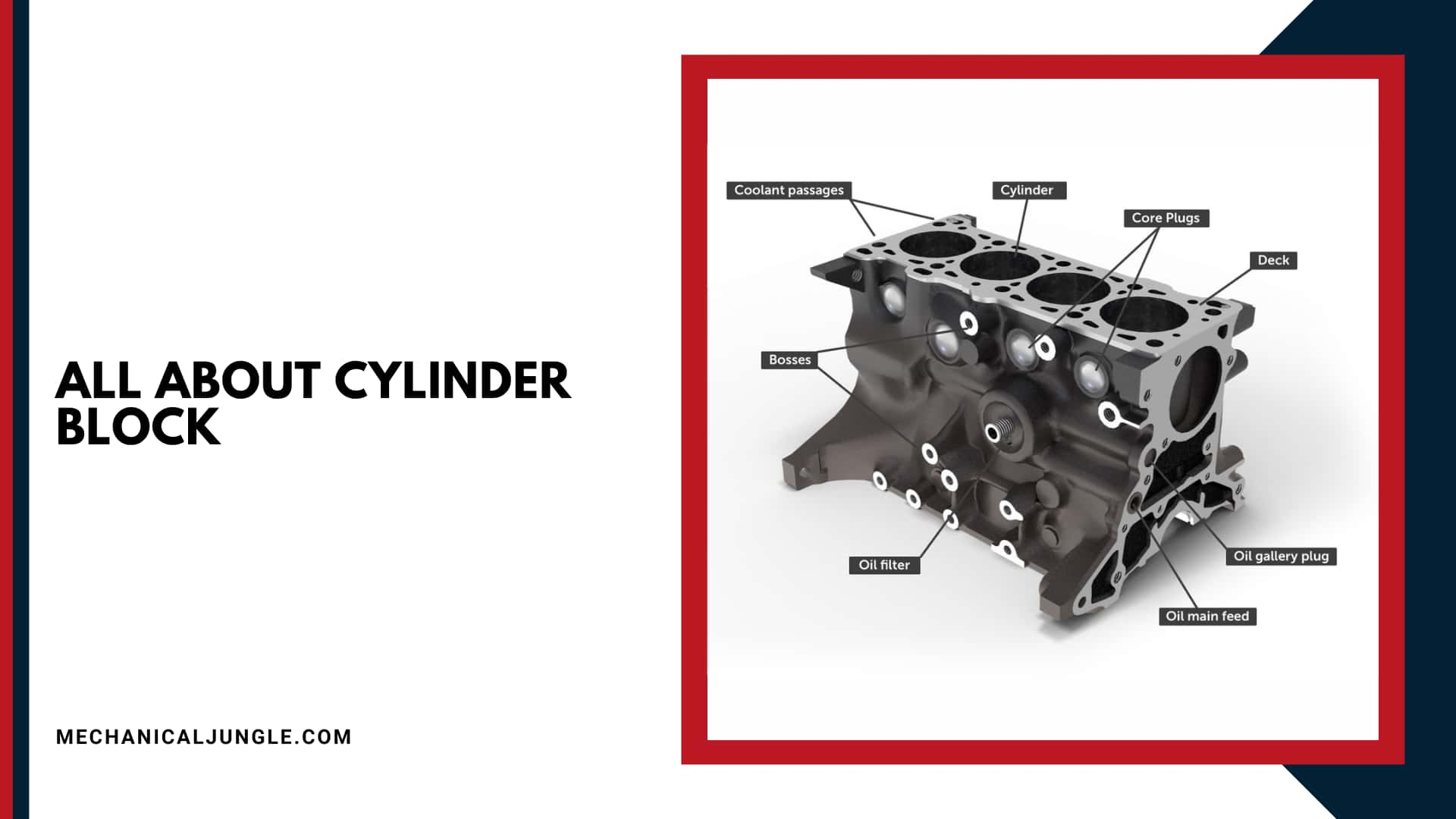
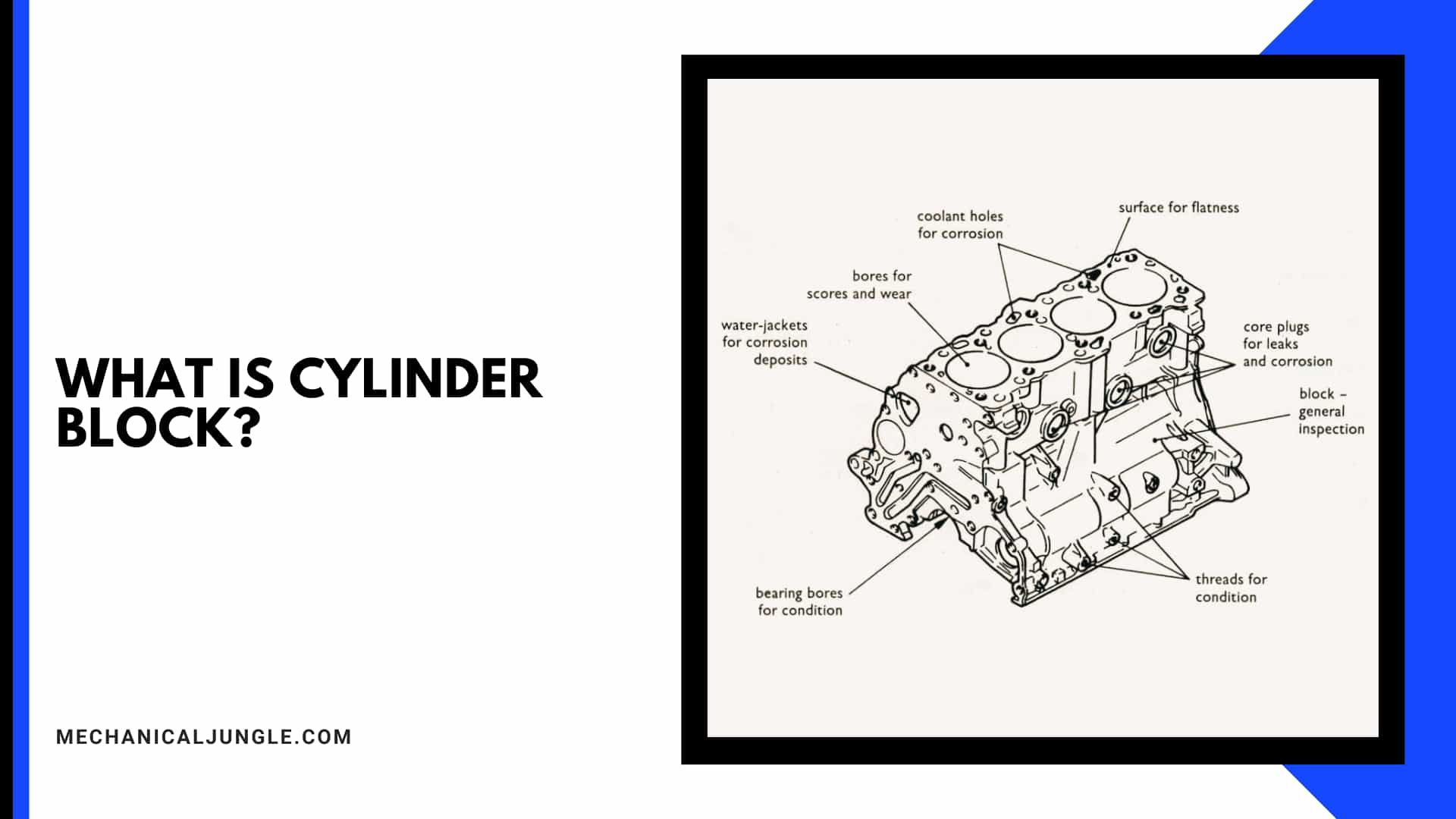
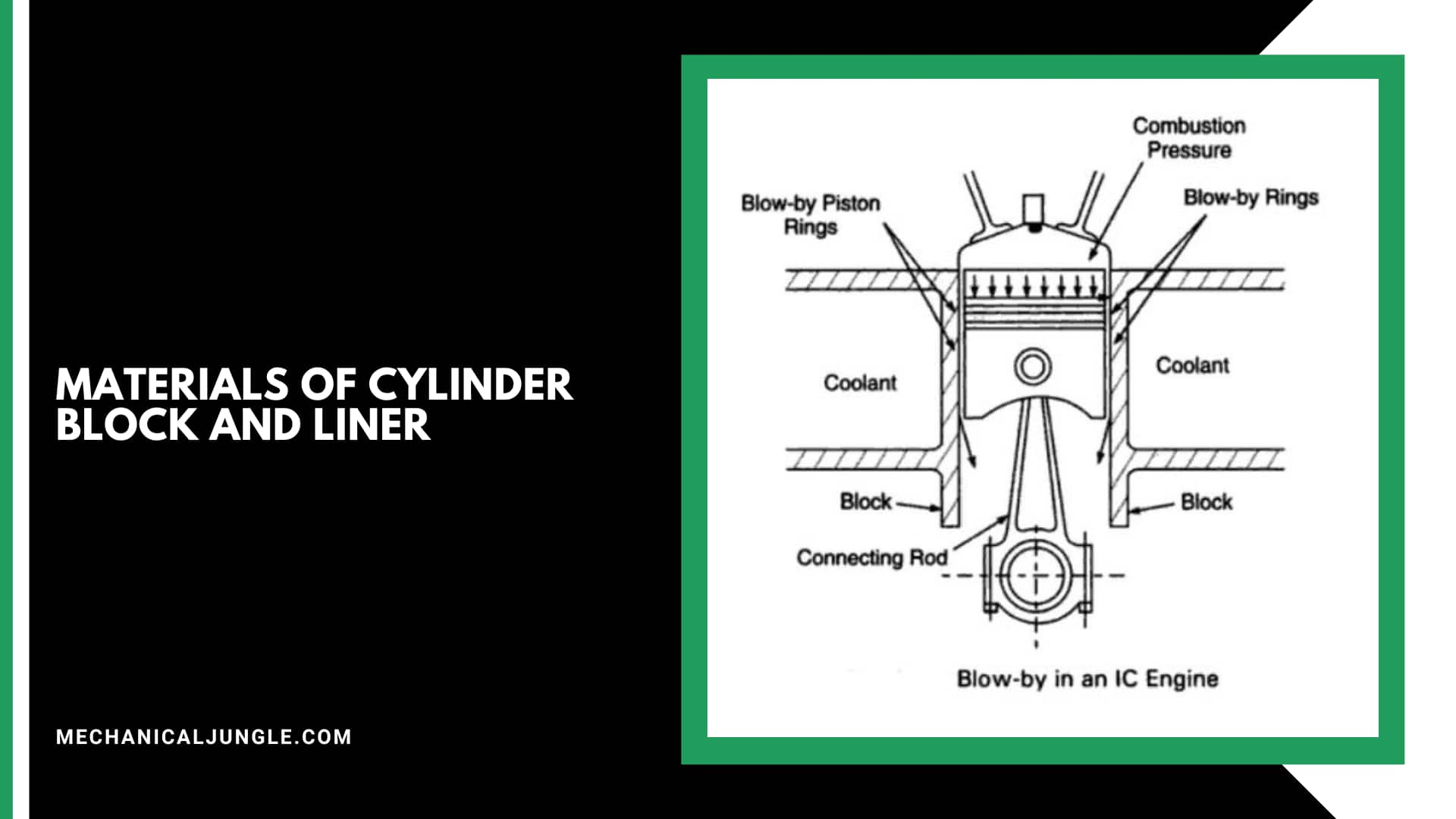
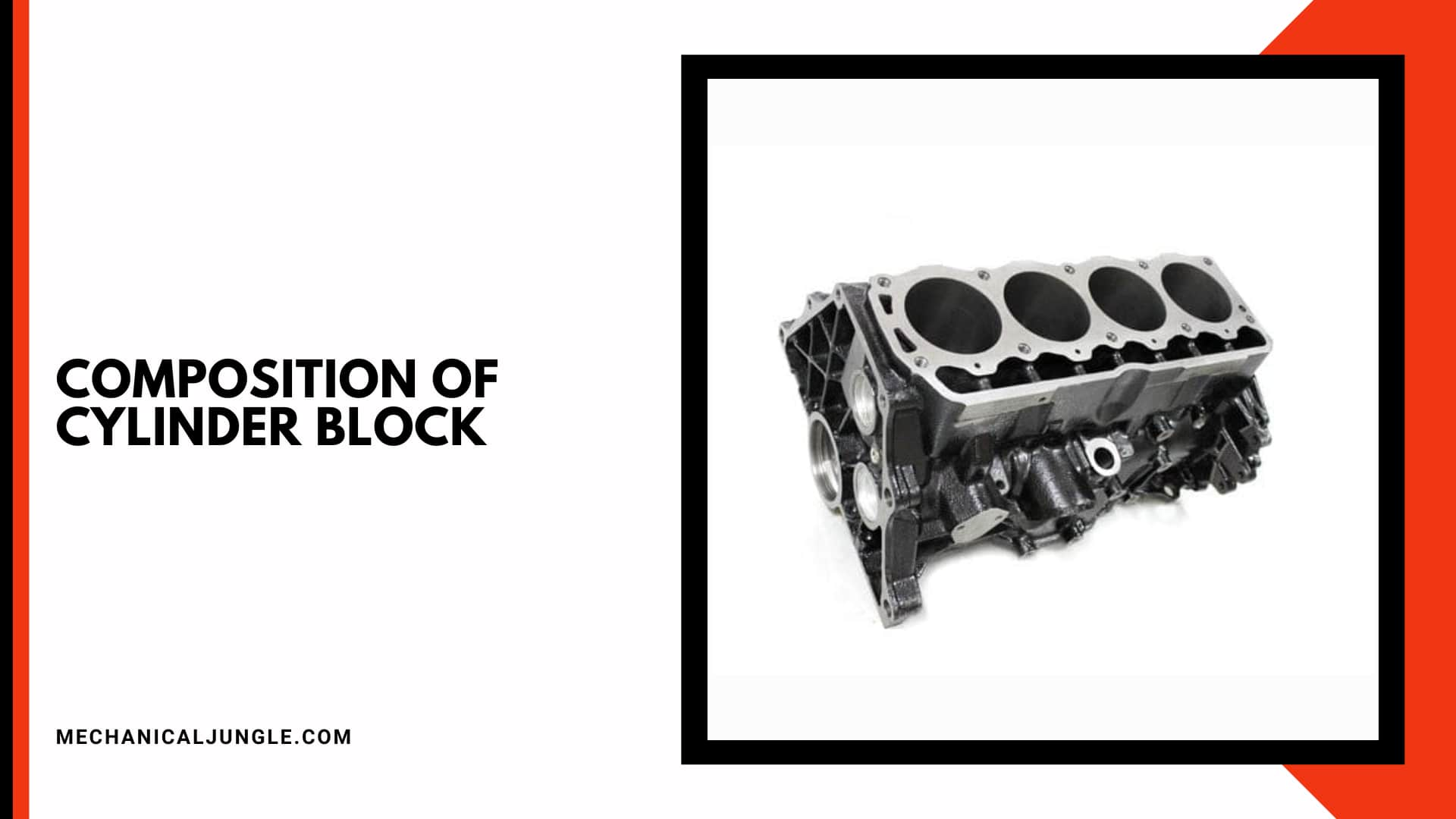
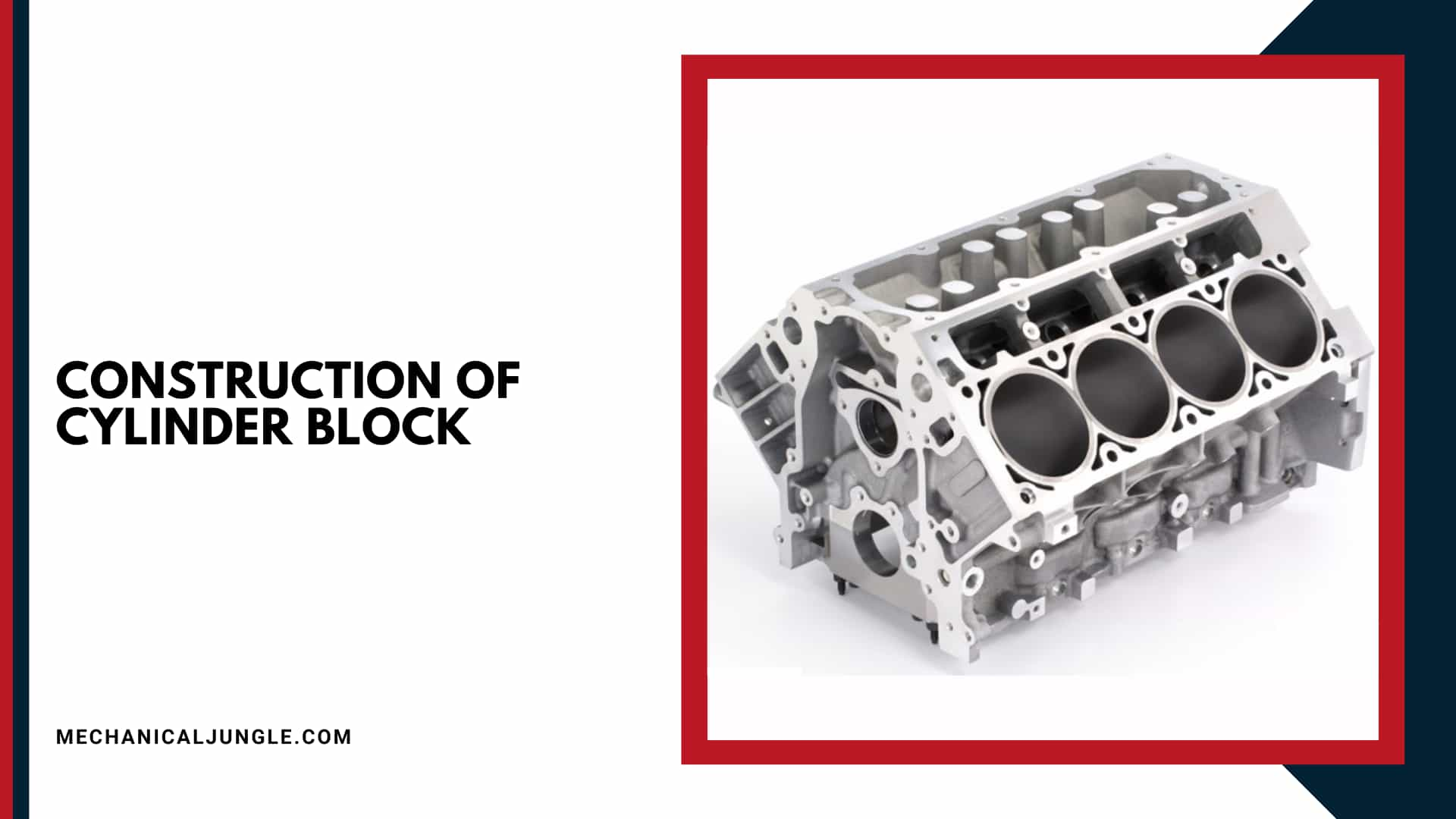
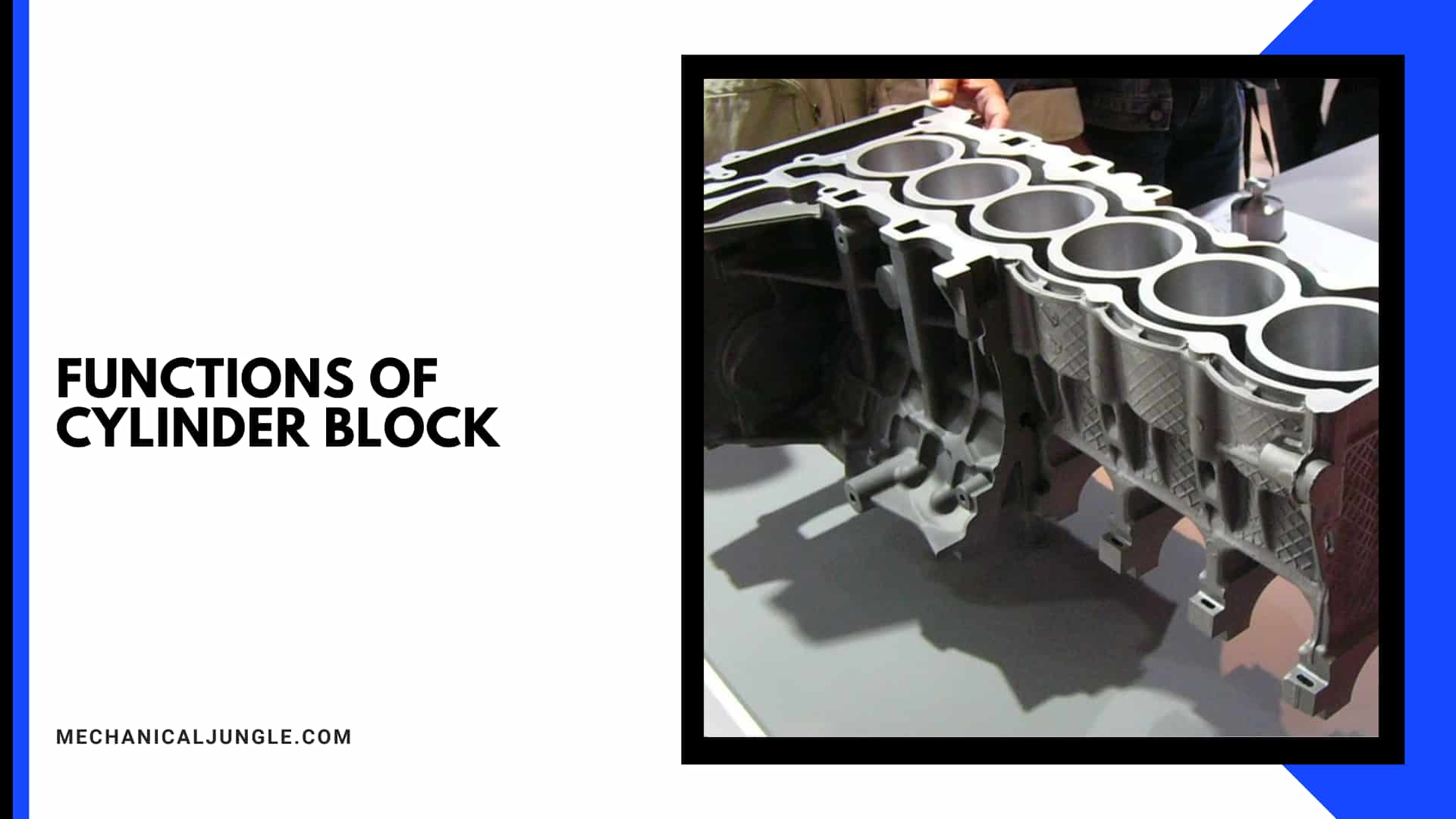
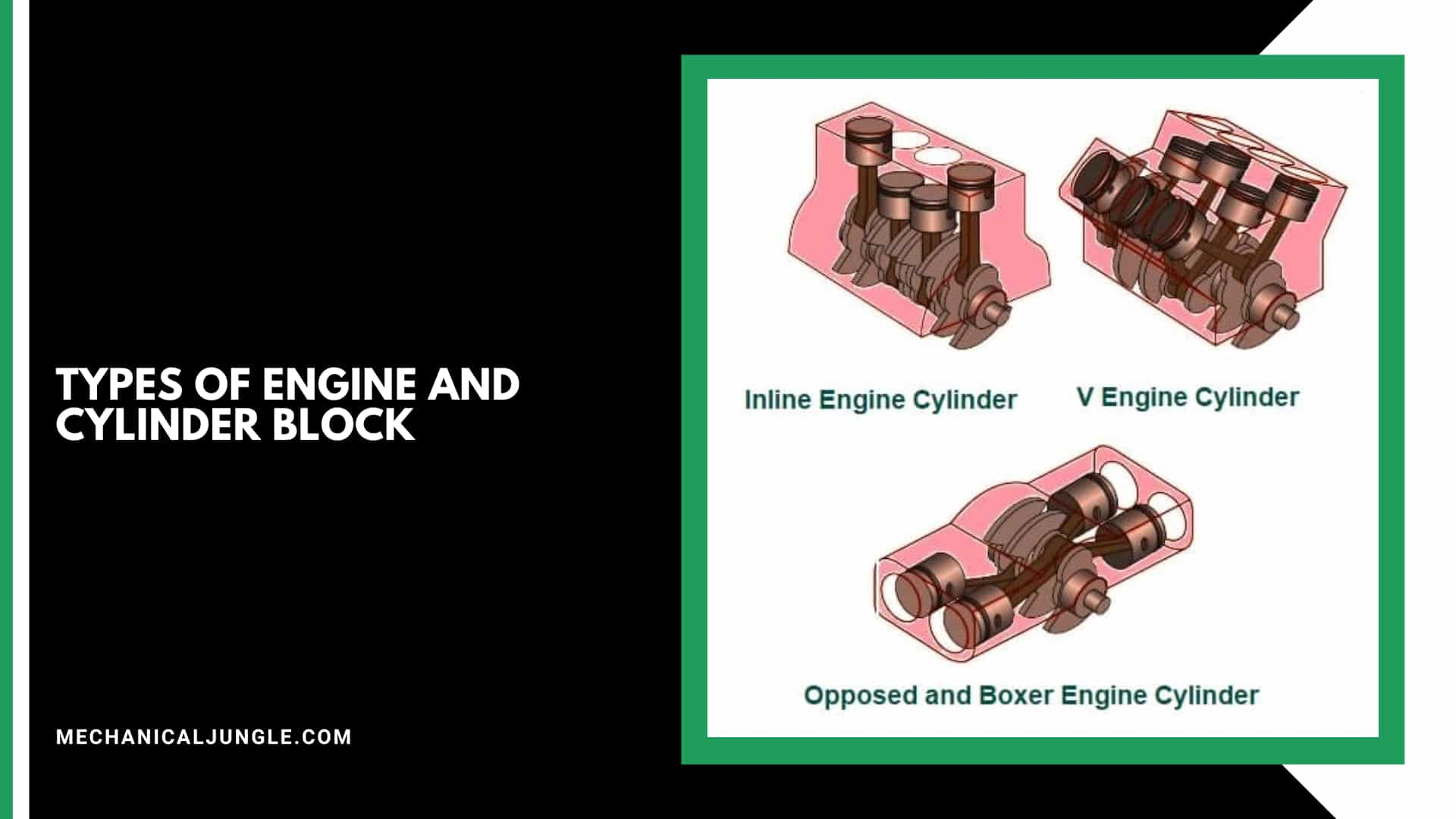
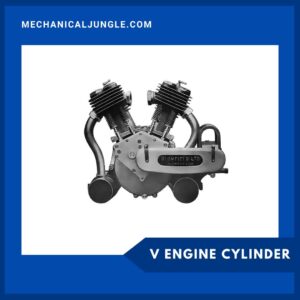


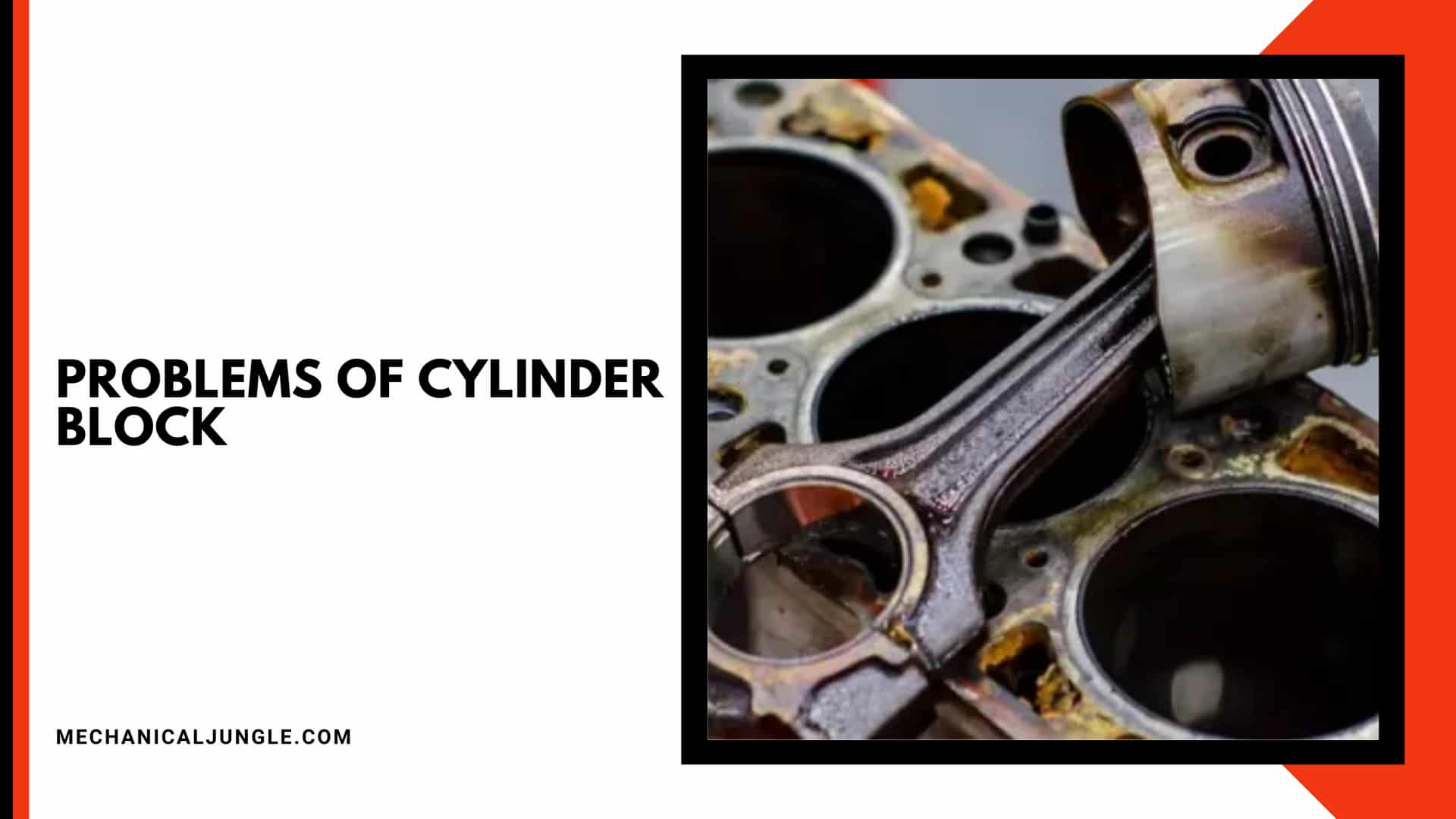

Leave a Reply